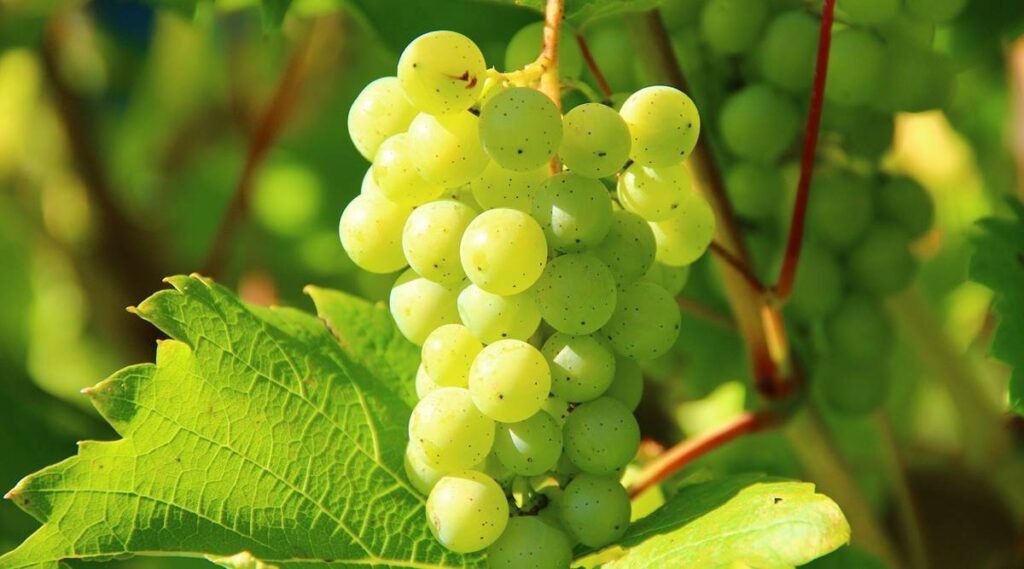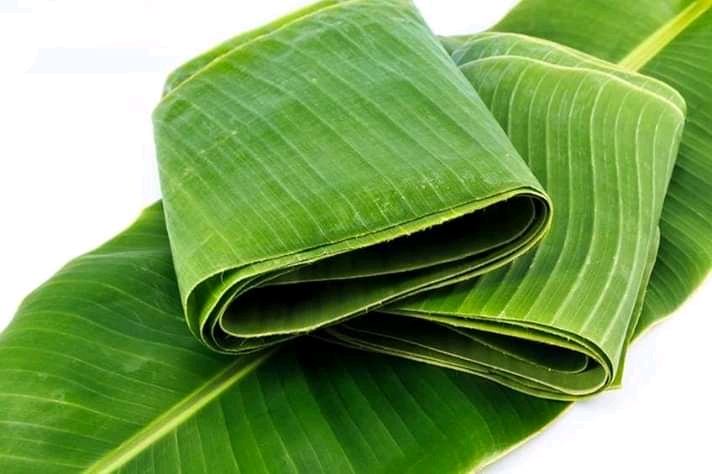Shinko pears are a tasty fruit that more and more people who love pears are starting to enjoy. They are special because they taste great and are crunchy. In this article, we are going to learn a lot about Shinko pears, like where they come from, what they are like, the good things they have for your health, how to use them in cooking, and advice on how to grow them.
Shinko pears are also called Pyrus pyrifolia and are a type of Asian pear that came from Japan. They are getting popular in many places because they taste really good and have a nice texture. Shinko pears are recognized for being both sweet and juicy, so they’re great to eat on their own or to put in different kinds of food.
Table of Contents
What Shinko Pears Are Like
There are a few things about Shinko pears that make them different from other pears:
- Looks: They are shaped like a round or a bit oval and have a golden-brown skin that is smooth. Sometimes they have little spots that make them look special.
- How They Feel: Shinko pears are hard and crunchy like apples. They are not soft like other kinds of pears from Europe.
- Taste: These pears are sweet and smell nice. They have the right mix of being sweet and a little sour, which tastes really good.
- Keeping Them: You can keep Shinko pears for a long time, either in a cool place or in the fridge, and they will still be good to eat.
The Good Stuff in Shinko Pears
Shinko pears are not just yummy, but they’re also healthy. They have vitamins, minerals, and fiber. Here are some good things inside Shinko pears:
- Vitamin C: This vitamin is in Shinko pears and it helps keep you healthy and your cells from getting hurt.
- Fiber: These pears have a lot of fiber which is good for your stomach and can help you not eat too much.
- Potassium: Shinko pears have potassium, which is important for a healthy heart and for keeping the right amount of water in your body.
- Antioxidants: They also have things like flavonoids and phenolic compounds that help reduce swelling in the body and protect against sicknesses that can last a long time.
- Eating Them Raw: Because they are crunchy and sweet, you can just eat Shinko pears as they are or put them in a fruit salad.
- For Baking and Sweets: These pears are good for making pies, tarts, crumbles, and cakes. They stay hard when you cook them, so they taste great in desserts.
- In Salads: You can slice or cut Shinko pears and add them to salads with greens or grains. They go well with goat cheese, nuts, and salad leaves.
- To Make Sauces and Chutneys: You can cook Shinko pears to make nice sauces and chutneys. They can go with meat, cheese, or be used as a spread.
- Weather: Shinko pears do best in places where it is not too hot or too cold. They need a bit of cold in the winter so they can grow pears properly.
- Soil: They grow well in soil that doesn’t hold too much water and is a bit sour or just normal. Don’t plant them in heavy soil that can get too wet.
- Pollination: Shinko pears can grow pears on their own, but they do better when there is another kind of pear tree nearby for pollination, so consider planting several different pear trees.
- Pruning: Cut the pear trees a bit in winter or spring to help them grow nicely, let air move through them, and make more pears. Get rid of any branches that are dead, sick, or too close together.
- Thinning: Pick some pears off the tree while they’re growing so the ones left can get bigger and taste better.
- Picking: Shinko pears are ready to pick in late summer or early fall. You should pick them when they are big but still hard. Keep them in a cool place to let them ripen.
How to Use Shinko Pears in Cooking
You can use Shinko pears in many kinds of food because of their unique taste and texture. Here’s how to enjoy Shinko pears in your meals:
Growing Your Own Shinko Pears
If you want to grow Shinko pears yourself, here are some tips to help you:
Final Thoughts
Shinko pears are a great fruit because they are crunchy, sweet, and can be used in many kinds of foods. People who like fruits really enjoy them. You can eat Shinko pears fresh, use them in sweet desserts, or put them in savory foods. They taste wonderful. If you follow the right steps for planting and taking care of them, you can also grow Shinko pear trees at home and enjoy the pears you’ve grown yourself.
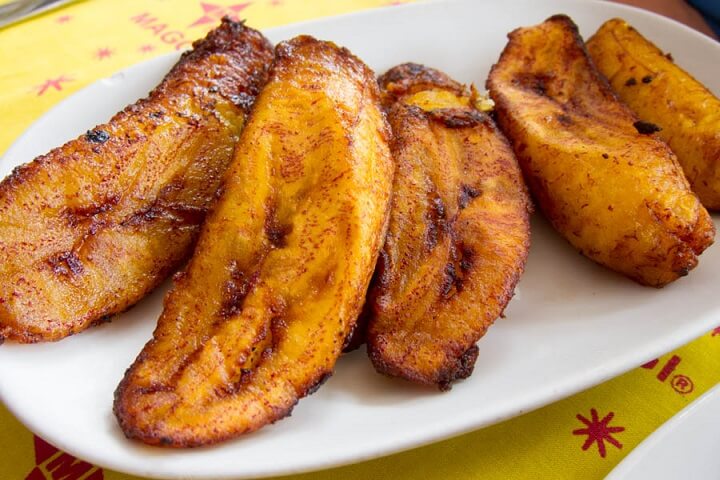
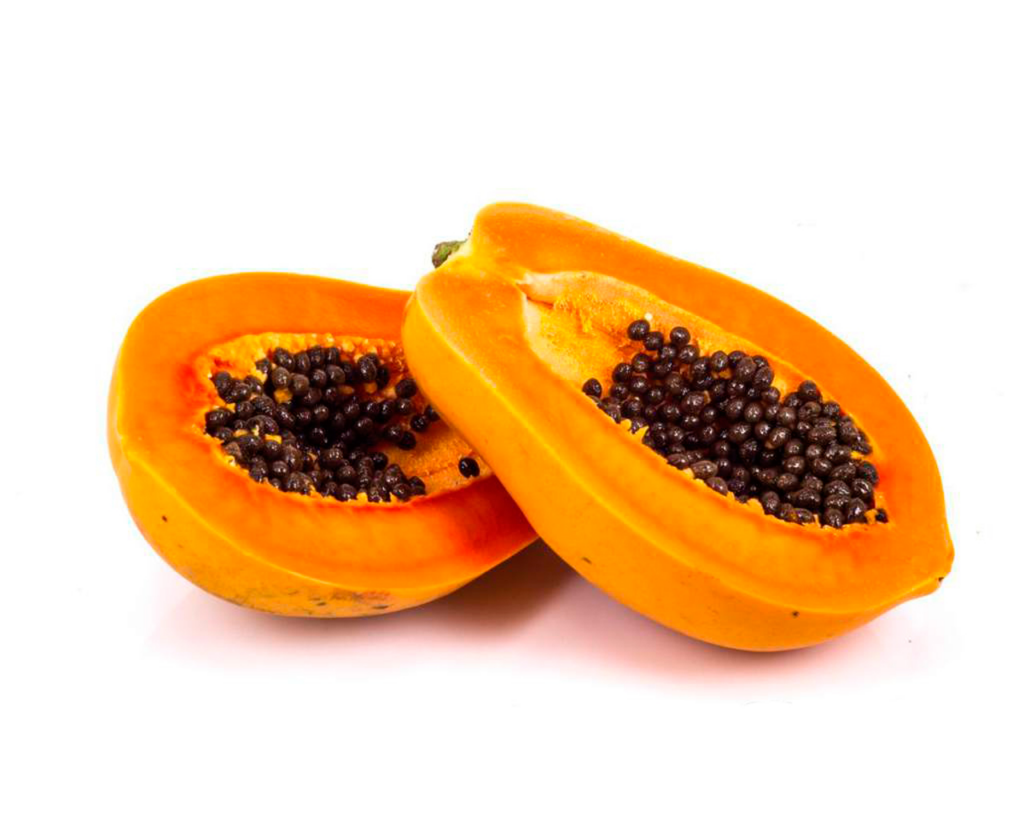
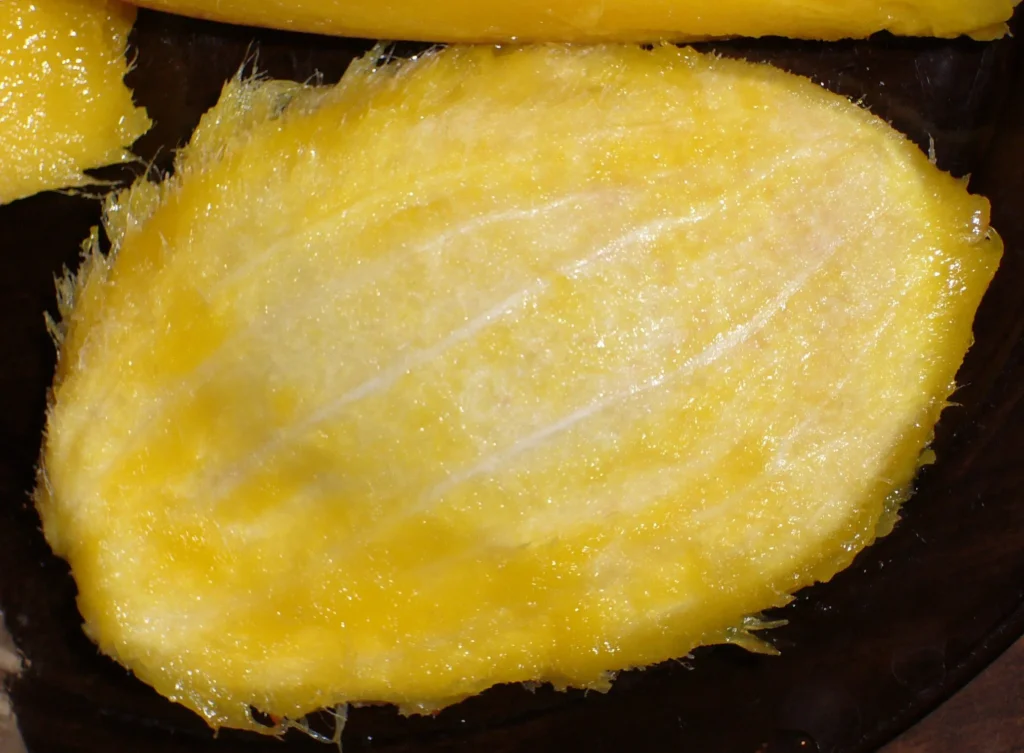

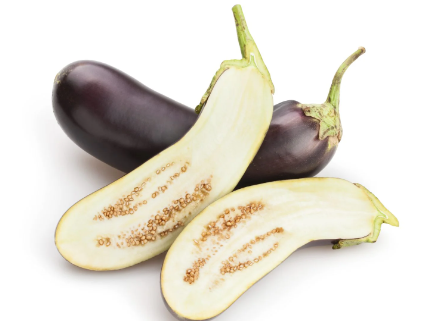
![What Fruits Can Birds Eat? [15 Nutritious Fruits]](https://fruitonix.com/wp-content/uploads/2023/05/Screenshot-2023-05-11-4.13.04-AM.png)
